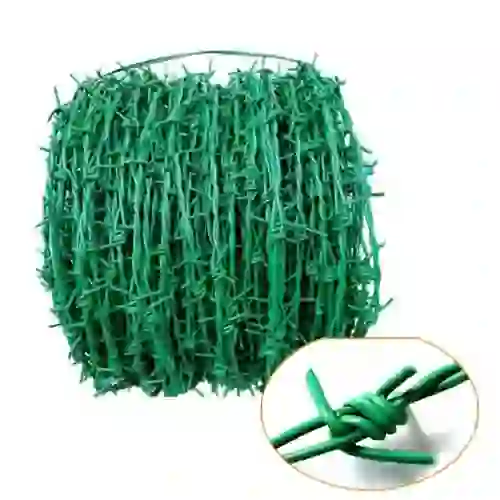-
 Phone:
Phone: -
 Email:
Email:

Effective Solutions for Secure Fencing with Concertina Wire Applications and Benefits
The Role of Concertina Wire Fencing in Security
Concertina wire fencing, commonly referred to as razor wire, has emerged as a crucial component in modern security systems. Originally developed for military applications, it has since found widespread use in a variety of settings, from correctional facilities to private properties. This article explores the characteristics, advantages, and common applications of concertina wire fencing, highlighting its importance in maintaining security.
Characteristics of Concertina Wire
Concertina wire is constructed from sharp-edged barbed wire coils, designed to be both intimidating and effective in deterring unauthorized access. Unlike traditional barbed wire, which consists of straight strands with barbs spaced out at regular intervals, concertina wire features a spiraled design that can expand to cover large areas. Made from high-tensile galvanized steel, it is resistant to weather conditions and corrosion, ensuring durability and long-term effectiveness in various environments.
The sharp edges and closely spaced barbs create a formidable barrier, making it extremely difficult to breach. The design not only restricts access but also inflicts potential harm on anyone attempting to climb over or cut through it. This inherent deterrent effect makes concertina wire a formidable choice for enhancing security.
Advantages of Concertina Wire Fencing
One of the primary advantages of concertina wire fencing is its cost-effectiveness compared to other security measures. While electronic surveillance systems and security personnel can be expensive to maintain, concertina wire provides a one-time installation cost that offers ongoing protection. Additionally, it is relatively easy to install, requiring minimal specialized labor or tools.
concertina wire fence

Another advantage is the psychological impact it has on potential intruders. The presence of concertina wire fences can evoke a sense of fear and intimidation, often leading to the consideration of alternative targets. In contexts where security breaches can have serious consequences, such as military bases, correctional facilities, and high-security installations, concertina wire serves as both a physical and psychological barrier.
Common Applications
Concertina wire fencing is predominantly used in high-security environments. Prisons and detention centers often utilize it to prevent inmate escapes and unauthorized access by the public. Similarly, military installations rely on concertina wire to protect sensitive areas from potential threats.
Additionally, concertina wire is gaining popularity in commercial settings where theft prevention is paramount. Many businesses have started using it to enhance the security of their perimeters, particularly in industrial areas prone to vandalism and trespassing. Residential properties in high-crime neighborhoods are also increasingly adopting concertina wire as a supplemental security measure, alongside traditional fencing and security systems.
Conclusion
In conclusion, concertina wire fencing stands out as a highly effective security measure, combining practical design with psychological deterrence. Its versatility and cost-effectiveness make it a preferred choice for various applications where security is a top priority. While it is not without its criticisms, particularly regarding aesthetics and potential harm, the benefits it provides in deterring unauthorized access and enhancing safety are undoubtedly significant. As security concerns continue to rise globally, the role of concertina wire fencing will likely remain paramount in safeguarding properties and assets.
-
Wire Mesh for Every Need: A Practical SolutionNewsJul.25,2025
-
Steel Fences: Durable, Secure, and Stylish OptionsNewsJul.25,2025
-
Roll Top Fencing: A Smart Solution for Safety and SecurityNewsJul.25,2025
-
Cattle Farm Fencing Solutions for Maximum SecurityNewsJul.25,2025
-
Affordable Iron Binding Wire SolutionsNewsJul.25,2025
-
Affordable Galvanized Wire SolutionsNewsJul.25,2025
-
Wire Hanger Recycling IdeasNewsJul.25,2025








